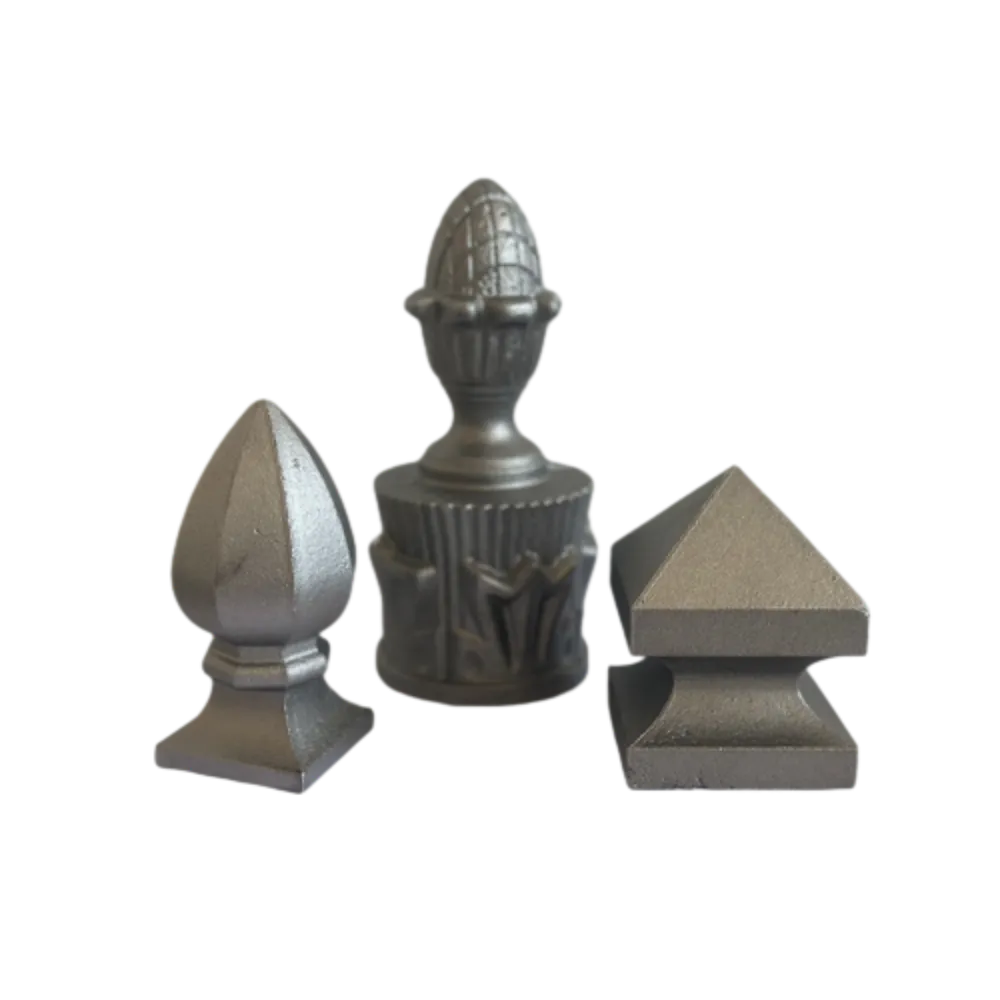what is a window profile
What is a Window Profile?
A window profile refers to the specific design and configuration of the framing or structure that surrounds a window. This encompasses the materials, dimensions, and styles that define the overall appearance and functionality of a window. Understanding window profiles is essential for architects, builders, and homeowners alike as they contribute significantly to the aesthetics, energy efficiency, and structural integrity of buildings.
Key Components of Window Profiles
1. Materials Window profiles can be made from various materials including wood, vinyl, aluminum, and fiberglass. Each material offers distinct advantages and disadvantages. For example, wood profiles provide a classic look and excellent insulation, but they may require more maintenance. Vinyl is cost-effective and low-maintenance, while aluminum profiles are strong and lightweight but may not offer the same level of insulation.
2. Design The design of a window profile includes both its shape and decorative elements. Traditional designs often feature muntins (the grid-like divisions in a window), while modern designs may embrace larger, unobstructed glass areas to maximize natural light. The choice of design can significantly influence the architectural style of a building, whether it’s contemporary, Victorian, or rustic.
3. Dimensions The dimensions of a window profile are crucial for its functionality. They can vary greatly depending on the intended purpose of the window, such as standard sizes for residential applications or custom sizes for commercial buildings. Proper sizing ensures optimal performance, including energy efficiency and ease of operation.
what is a window profile

4. Energy Efficiency A well-designed window profile can enhance a building’s energy efficiency. Features like double or triple glazing, thermal breaks, and insulated frames are important considerations in modern window profiles. These innovations reduce heat transfer, improving indoor comfort and reducing energy bills.
The Importance of Window Profiles
Selecting the right window profile plays a critical role in the overall performance of a building. A well-chosen window profile can improve energy efficiency, reduce noise pollution, and enhance security. Additionally, the visual appeal of the window contributes to the property’s curb appeal and value.
Furthermore, regulations and standards often dictate specific requirements for window profiles in different regions, especially regarding energy efficiency ratings and building codes. Homeowners and builders must consider these factors when selecting window profiles to ensure compliance and optimal performance.
Conclusion
In summary, a window profile is not just a simple frame; it encompasses a multitude of factors that contribute to a window's overall functionality and aesthetic appeal. From materials and design to dimensions and energy efficiency, understanding the various components of window profiles is essential for making informed decisions in any construction or renovation project. By carefully selecting the right window profile, one can significantly enhance the comfort, efficiency, and beauty of a building. Whether for new construction or replacement projects, the importance of a well-designed window profile cannot be overstated, ultimately leading to better living spaces and sustainable building practices.
-
Window Lock Handle for Security UpgradesNewsJun.20,2025
-
Proper Lubrication Techniques for Sliding Gate WheelsNewsJun.20,2025
-
Ornamental Iron Castings for Interior DesignNewsJun.20,2025
-
Creative Ways to Decorate Around a Cast Iron FireplaceNewsJun.20,2025
-
Cast Iron Pipe and Fitting for Plumbing SystemsNewsJun.20,2025
-
Cast Iron Panel Casting for Architectural ElementsNewsJun.20,2025















